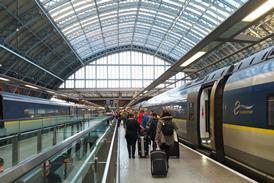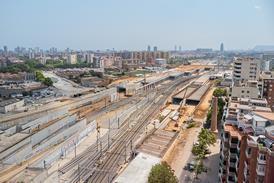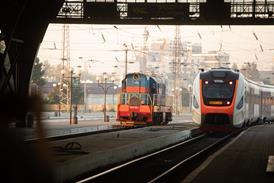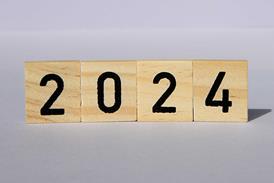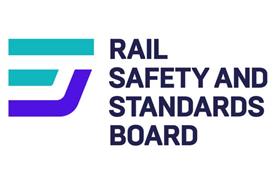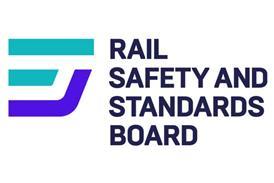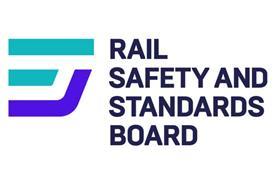Starting point for development of the experimental Lirex train were the wide-bodied København suburban trains developed in the late 1980s and 1990s by Linke-Hofmann-Busch in Salzgitter, now part of the Alstom group (RG 1.96 p19). Featuring similar short bodies with 2+3 seating and self-steering Kerf bogies with two independent wheels, Lirex is a modular design intended to have low capital and operating costs.
Three different types of car are needed to form a train - one must have two bogies, the others needing just one. To permit a floor height of 760mm above rail, traction equipment is mounted in roof modules. Both electric and diesel versions are envisaged, and the diesel powered vehicle on show in Berlin will demonstrate the use of permanent magnet generators supplying current to water-cooled three-phase asynchronous traction motors. It will also have flywheel energy storage.
Lirex is being assembled by Fahrzeugtechnik Dessau to a design by Alstom LHB, and the project is led by DB’s München Research Centre with financial support from the Land of Sachsen-Anhalt. The first Lirex train featuring a range of interior layouts is to be tested in commercial service for one year on the 87 km line from Magdeburg to Thale in the Harz mountains, starting in May 2002. It will then be converted to electric traction for use on a route linking Magdeburg with the Leipzig/Halle airport.
CAPTION: The Lirex cars are distinguished by deep oval windows

